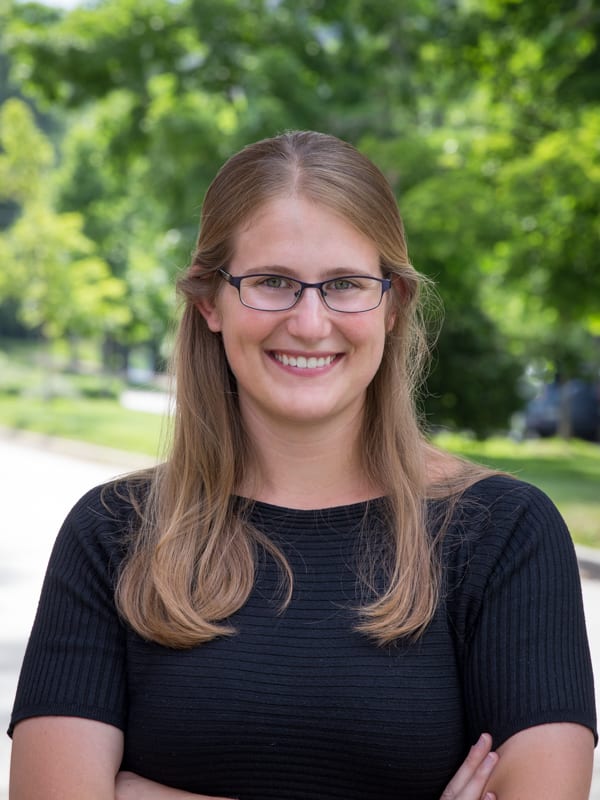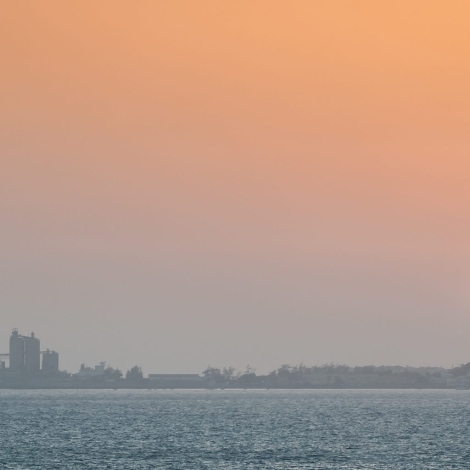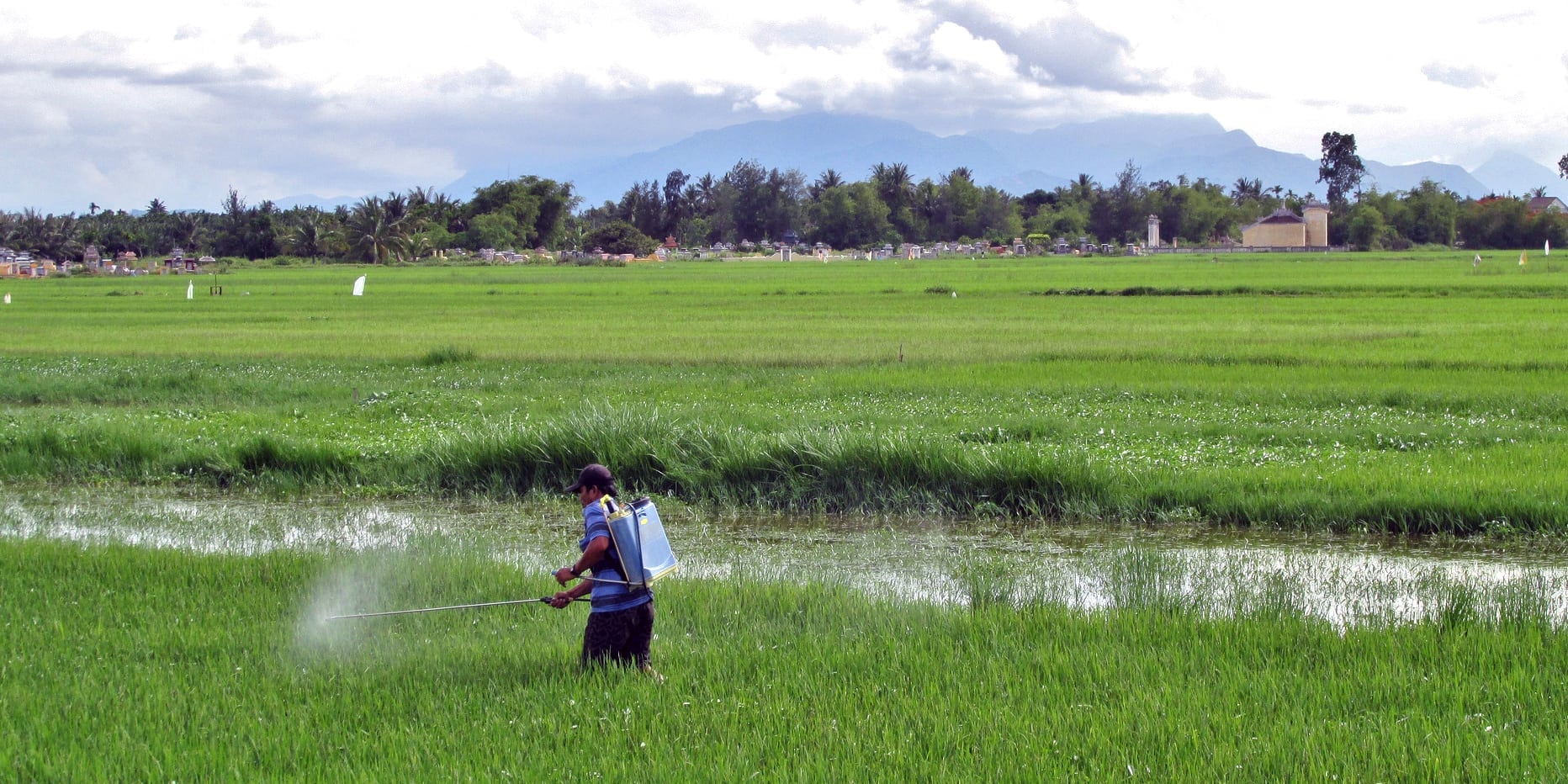Join the Siemens Design Challenge for a chance to win one of two $10,000 first-place awards.

Engineers setting out to improve on saltwater treatment technologies now have a trove of first-steps research material thanks to Dr. Julie Korak. The Assistant Professor of Environmental Engineering at the University of Colorado Boulder, combines chemical and environmental engineering disciplines to lead a laboratory that specializes in water treatment, delivery and monitoring technology. Dr. Korak’s award-winning research focuses on three areas of water treatment: the management of wastewater leftover from treatment processes, the evaluation of aging water infrastructure and its potential to leech harmful material into drinking water, and real-time optical monitoring of water treatment systems.
For the Siemens Design Challenge, Dr. Korak curated resources and advised the brackish water treatment track. Her work underpins an essential Design Parameters (pdf) backgrounder. For a deeper dive into new research, Dr. Korak’s Twitter posts comment on her lab’s work and curate water treatment research of interest.
These are Dr. Korak’s insights into brackish water treatment and targets for new research.
E4C: Have you seen firsthand an example of harm caused by brackish water?
JK: Brackish water often doesn’t cause direct harm to a community, but it can make life more challenging if a local resource can’t be used for beneficial purposes. When a local groundwater aquifer contains brackish water, it is too salty to use directly for potable, agricultural or other uses. If desalination is not an option, then water hauling or large water transmission projects are needed. Lack of a locally available water source limits economic opportunities to develop a thriving community.
E4C: As possible research targets, what are some limitations of the technologies available to treat brackish water?
JK: The most common technology is reverse osmosis (RO). Membrane technology is very effective for producing desalinated water. Usually, the water produced by an RO membrane has such a low salt content that it cannot be used directly. Some salts, specifically related to alkalinity and hardness, have to be added back before use. The challenge with reverse osmosis is concentrate management. Reverse osmosis produces a waste stream that is more concentrated with salts than the original brackish water. Managing and disposing of this brine often determines the overall feasibility of using membrane-based desalination processes. Brine management has to be a part of any brackish water desalination solution.
E4C: Do you have your eye on any exciting saltwater treatment technologies in development now?
JK: Tailored solutions excite me. There will probably never be a one-size-fits-all solution to desalination. I would like to see solutions that consider the stakeholders’ needs and constraints first and then pair appropriate desalination technologies. For example, large cities, small communities, and individual homeowners have different resources available. The same solution would likely not be appropriate for each group, even if the water quality is the same. Ease of operation and waste management are key considerations.
E4C: What would you hope to see as a result of this design challenge?
JK: I think it is important to see solutions proposed that think about the entire process and not just the desalination step that separates water from the brackish source water. Concentrate management and energy costs associated with water vapor condensation are often overlooked. It would be great to see solutions proposed that justify the suitability of not just the desalination approach but the efficiency of waste management and energy use.
E4C: What advice can you offer design teams setting out to solve this problem?
JK: Check out all the hyperlinks in the design parameters document. There are many references to nationally and internationally recognized documents that outline the current state and challenges associated with desalination.


Can you help me contact the source of this message. I received an email that a private message had been sent to me:
[usercommercial@gmail.com
A new submission has been added for challenge “Clean Water Track – Plan & Learn Phase”. Submission Name is: The future
3/24/2020, 4:57 PM]
Thank you.
Hill Kemp